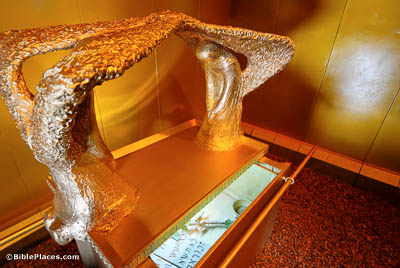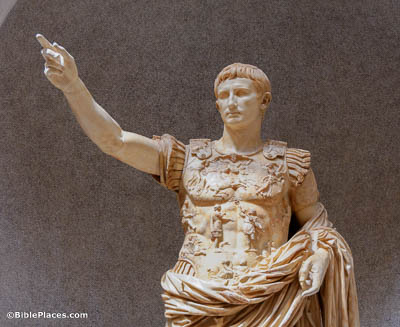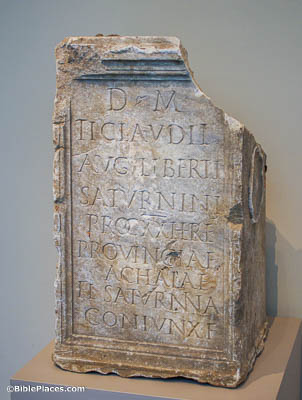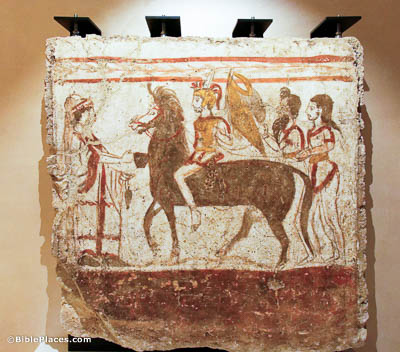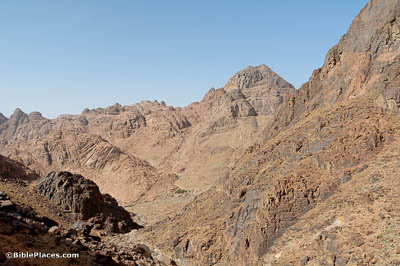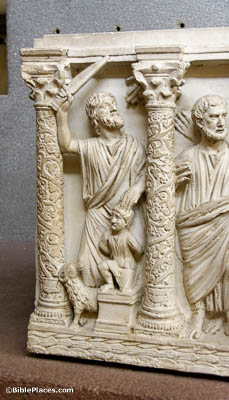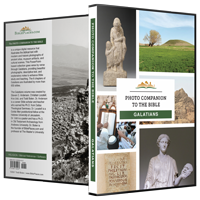When we were children, we were held in bondage under the elemental principles of the world (Galatians 4:3).
The meaning of the Greek term here translated as “elemental principles” is disputed. Many scholars believe it relates to the foundational or elementary truths of God. Paul refers several times in this context to the Law, and this may be the referent for these “elemental principles.” This idea is illustrated here by a model of the Ark of the Covenant and the Ten Commandments in the Holy of Holies, all components of the religious system that were related to the Law. This was photographed at the tabernacle model at Timna Park in southern Israel.
